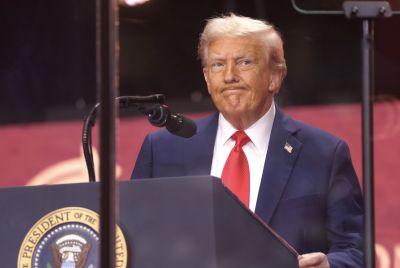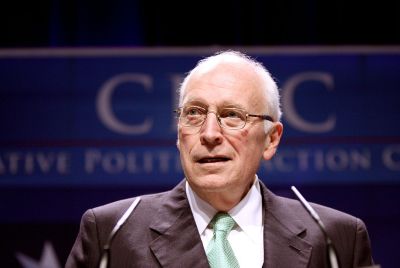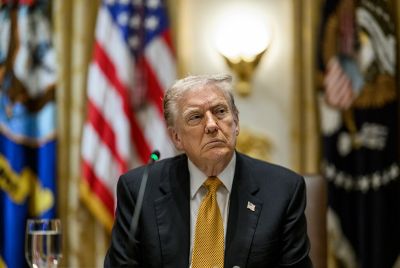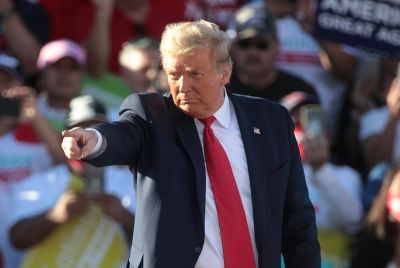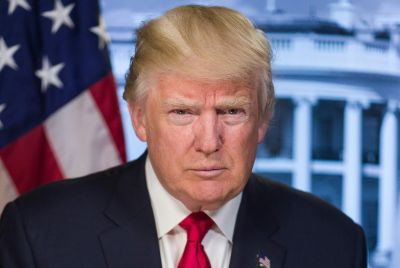Concerns Over Donald Trump's Health Ignite Talk of Possible Removal from Office
Donald Trump's health fears mount; calls grow for 25th Amendment over 'dementia rants.'
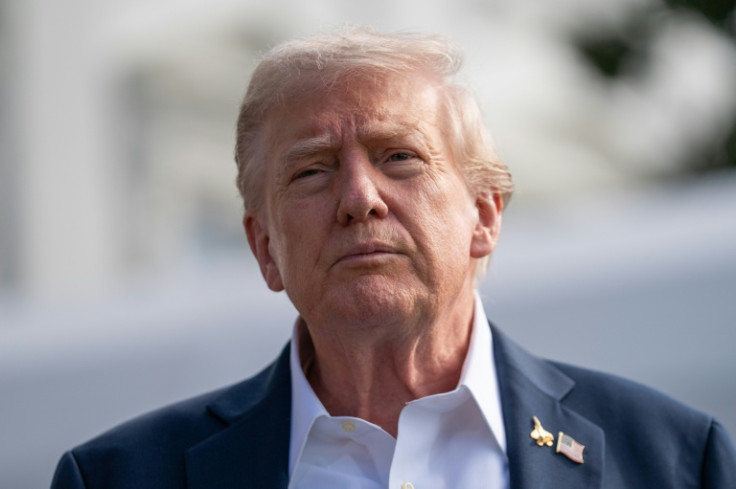
The political pressure on Donald Trump has reached fever pitch, with calls mounting for his own administration to invoke the 25th Amendment and remove him from office.
The dramatic demand follows a series of bizarre public statements that have convinced some senior political figures that the President's cognitive health is failing. Adding to the crisis, the news emerges as Trump's approval ratings are at an all-time low, reflecting widespread American frustration with the disastrous government shutdown.
The most recent episode saw the President suggest that American cities, such as Chicago, should serve as 'training grounds for our military.' The comment immediately triggered outrage, with Illinois Governor J. B. Pritzker publicly branding Trump as suffering from dementia and demanding his immediate removal.
'It appears that Donald Trump not only has dementia set in, but he's copying tactics of [Russian President] Vladimir Putin,' Pritzker declared. California Representative Eric Swalwell quickly backed the demand, posting the phrase: '25TH AMENDMENT!'
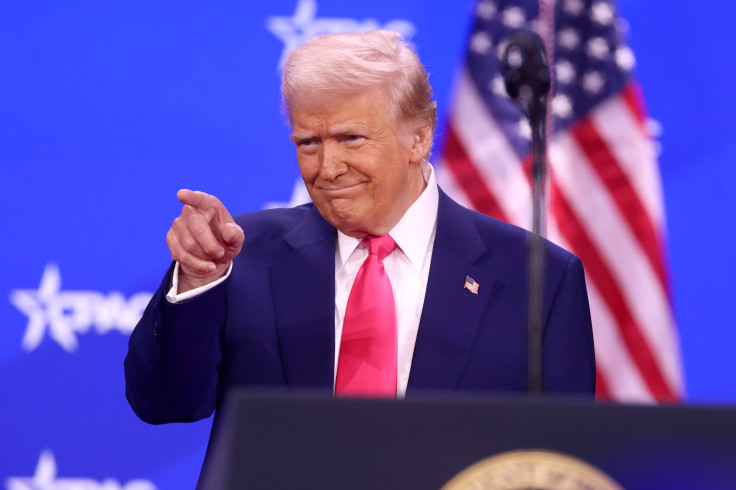
'Dementia Rants': The False Claims by Donald Trump Fueling The Ousting Calls
The call to trigger the 25th Amendment—a mechanism for removing a president deemed unable to serve—was not triggered by a single gaffe, but by a string of disturbing public statements.
- The 9/11 Blunder: The President incorrectly stated that he had alerted officials about Osama bin Laden the year prior to the September 11, 2001, terror attacks. Speaking to a gathering of sailors, Trump declared, 'And please remember, I wrote about Osama bin Laden exactly one year ago,' before swiftly correcting himself: 'One year before he blew up the World Trade Center. And I said, 'You've got to watch Osama bin Laden.'' Critics immediately labeled the bogus assertion a 'dementia rant.'
- The Ghislaine Maxwell Question: Donald Trump faced accusations of being 'legitimately senile' after he appeared to forget who sex trafficker Ghislaine Maxwell is during questioning in the Oval Office.
- Online Instability: The President's online conduct has also been described as 'increasingly unstable,' as he continuously shares AI-generated videos that have been labeled 'ridiculous' and 'racist.'
Governor Pritzker articulated the growing fear: 'Sending troops into cities, thinking that that's some sort of proving ground for war, or that indeed there's some sort of internal war going on in the United States is just, frankly, insane and I'm concerned for his health.' He concluded: 'There is something genuinely wrong with this man, and the 25th Amendment ought to be invoked.'

How Could Donald Trump Be Removed Under the 25th Amendment?
With Republicans confronting mounting pressure to act, many Americans are asking exactly what the 25th Amendment is and how it could be used to remove the President.
What the 25th Amendment Is
The 25th Amendment, passed in 1967 following the assassination of President John F. Kennedy, permits the Vice President and a majority of the Cabinet to declare a president unable to serve in office. Its purpose is to ensure the necessary continuity of leadership should the President become disabled or die.
The Mechanism for Removal: Section 4
The process to involuntarily remove a president is outlined in Section 4 of the amendment, which has never been invoked. It is triggered if the president becomes incapable of carrying out his responsibilities but refuses to hand over power himself.
- Declaration: The Vice President and a majority of the Cabinet must pronounce the President incompetent.
- Notification: They forward a letter stating this conclusion to the Speaker of the House and the President pro tempore of the Senate.
- Assumption of Power: The Vice President then assumes the role of acting president.
- President's Objection: The President can submit his own letter claiming he is capable of serving. However, if the Vice President and the Cabinet object, they can forward another letter to Congress within four days.
- The Congressional Vote: Congress would then need to vote. The President returns to his responsibilities unless both chambers of Congress by a two-thirds vote determine the president is not prepared.
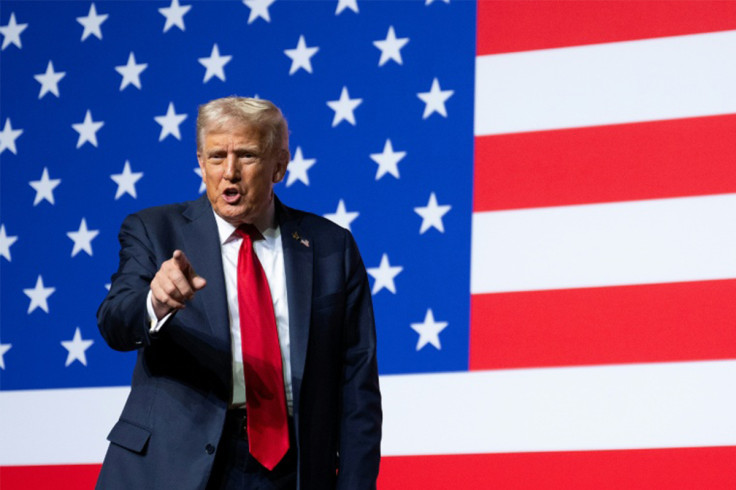
Precedent and Past Attempts
While Section 4 has never been used, presidents have temporarily relinquished power under Section 3 for voluntary, short periods, usually when undergoing a medical procedure. President George W. Bush was the first to use Section 3 in 2002, temporarily transferring power to Vice President Dick Cheney while he was anesthetised for a colonoscopy.
Trump's Cabinet faced similar calls to use the amendment following the January 6 assault on the US Capitol. For now, however, the unprecedented mechanism for involuntary removal remains on the table, poised over a presidency buckling under a cascade of health fears and political demands.
Is the growing public concern about the President's health and his recent controversial statements enough to finally compel Republican leaders to act?
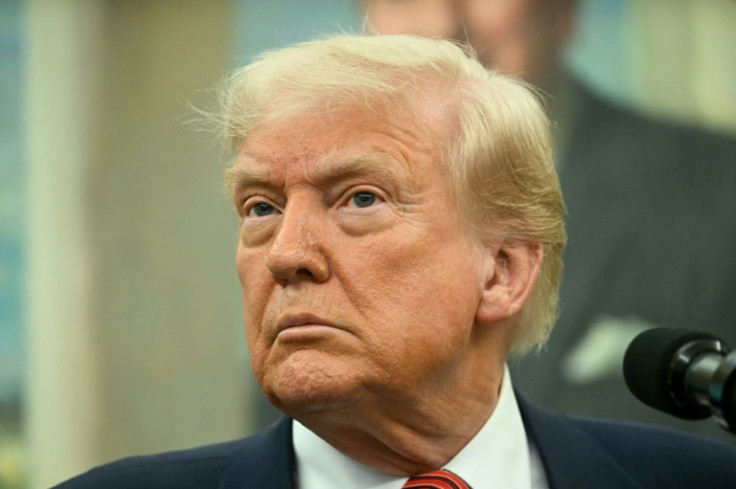
IBTimes UK has reached out to Donald Trump for comments.
© Copyright IBTimes 2025. All rights reserved.



